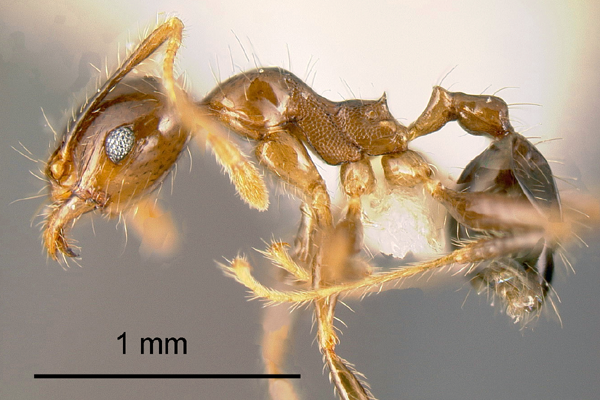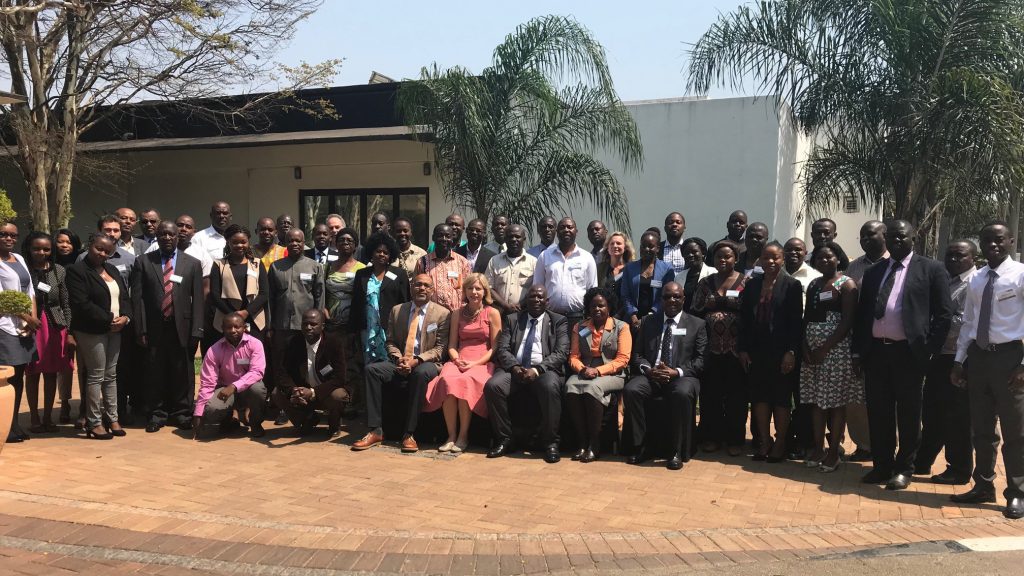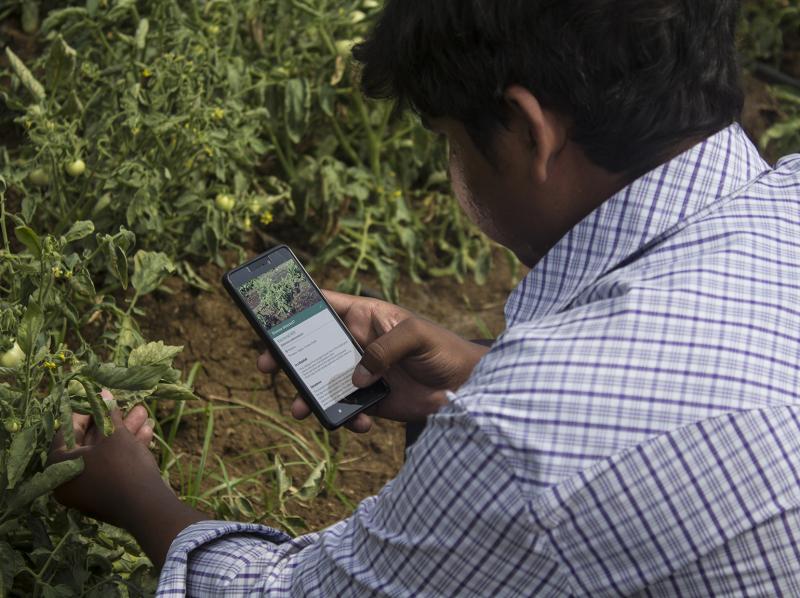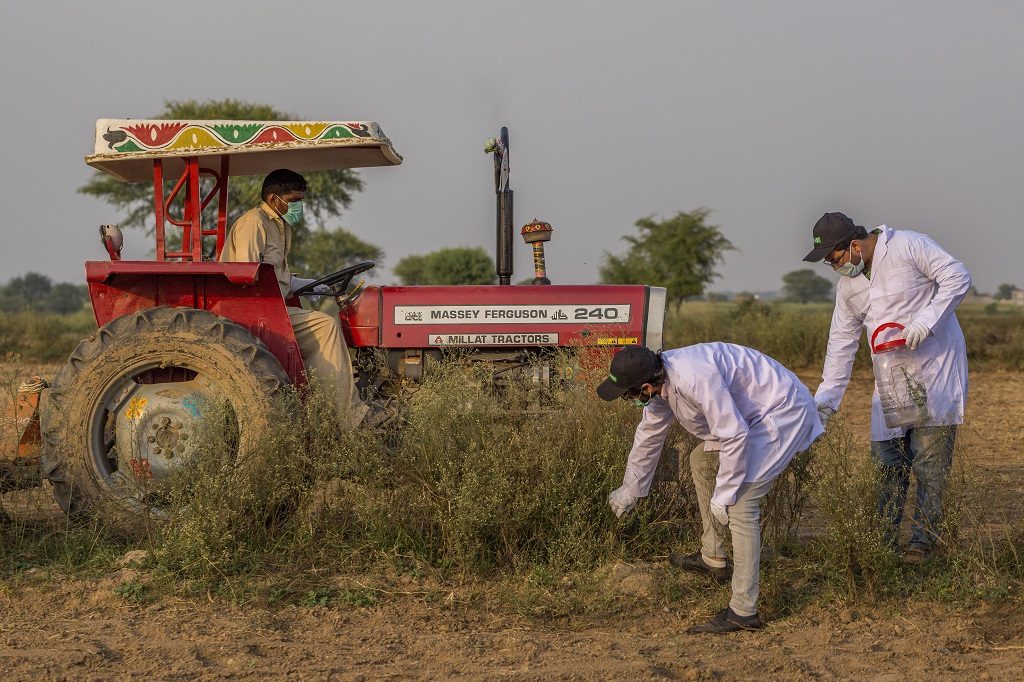World heritage site saved from invasive ant species
After years of effort, the invasive African big-headed ant (Pheidole megacephala) has successfully been eradicated from Lord Howe Island, an island off the coast of Australia, helping to protect this World Heritage site and its unique diversity of plants and animals.
Samurai wasp found in Europe – the end of the stink bug invasion?
CABI scientists have made the first discovery of the Asian samurai wasp Trissolcus japonicus – a natural enemy that kills the eggs of the the invasive fruit and nut pest brown marmorated stink bug (Halyomorpha halys) – in Europe. Judith Stahl and Dr Tim Haye led an international team of researchers, including those from the…
E-conference on responding to fall armyworm in Africa
Last week, the UN Sustainable Development Solutions Network’s Thematic Network on Sustainable Agriculture & Food Systems hosted an e-conference on the fall armyworm outbreak in Africa which brought together experts, stakeholders and other interested parties to discuss the challenges posed by fall armyworm and to evaluate the possible solutions.
Fall armyworm in Africa: communicating out of a crisis
Take a quick look at the map of the fall armyworm invasion. It gives you a good feel for the number of smallholder farmers in sub-Saharan Africa directly affected by a small caterpillar eating their staple crop – maize – at a rapid rate. As a communication professional working in agriculture, it has been the…
Progress made on fall armyworm, but greater effort needed
A major new report published by CABI has today revealed that losses due to fall armyworm are lower than projected in 2017 and the pest is still primarily focussed on maize rather than any other potential host crops. Better monitoring, swift responses by governments and farmers and an increase of natural enemies attacking the pest…
Indian farmers using smartphones to fight fast-moving crop killer
By Eric Marx. Reblogged from Ethical Corporation. Plantix is a diagnostic app that uses image recognition software and AI. It is being used to halt the advance of the fall armyworm pest. An app that uses artificial intelligence to identify plant disease is being deployed in India as an early-warning system to stop the advance…
When astronomers meet ecologists: how remote sensing can tackle Parthenium in Pakistan
“Usually I’m looking up at the stars but with this project, I’m back down to earth” quips Dr Rene Breton, Director of Research at the School of Physics and Astronomy at the University of Manchester. By combining the skills of a geographer, ecologist, social scientist, entomologist, astrophysicist, biologist, and electrical engineer, the joint CABI and…
CABI unveils action plan to fight highly invasive and destructive weed
Parthenium weed causes harm to the environment, health, as well as the economy. CABI has launched a comprehensive action plan aimed at combating the scourge of Parthenium, a highly invasive species of weed, prevalent and spreading in Pakistan.
The Value of Testing
Reblogged from the Nesta blog. The crop damage caused by fall armyworm has put millions of livelihoods at stake across Sub-Saharan Africa. Its rapid spread has been projected to cause losses valuing $2.5 billion to $6.2 billion per year if left unabated.[1] Fall armyworm has caused havoc for smallholder farmers across the region and become a…








